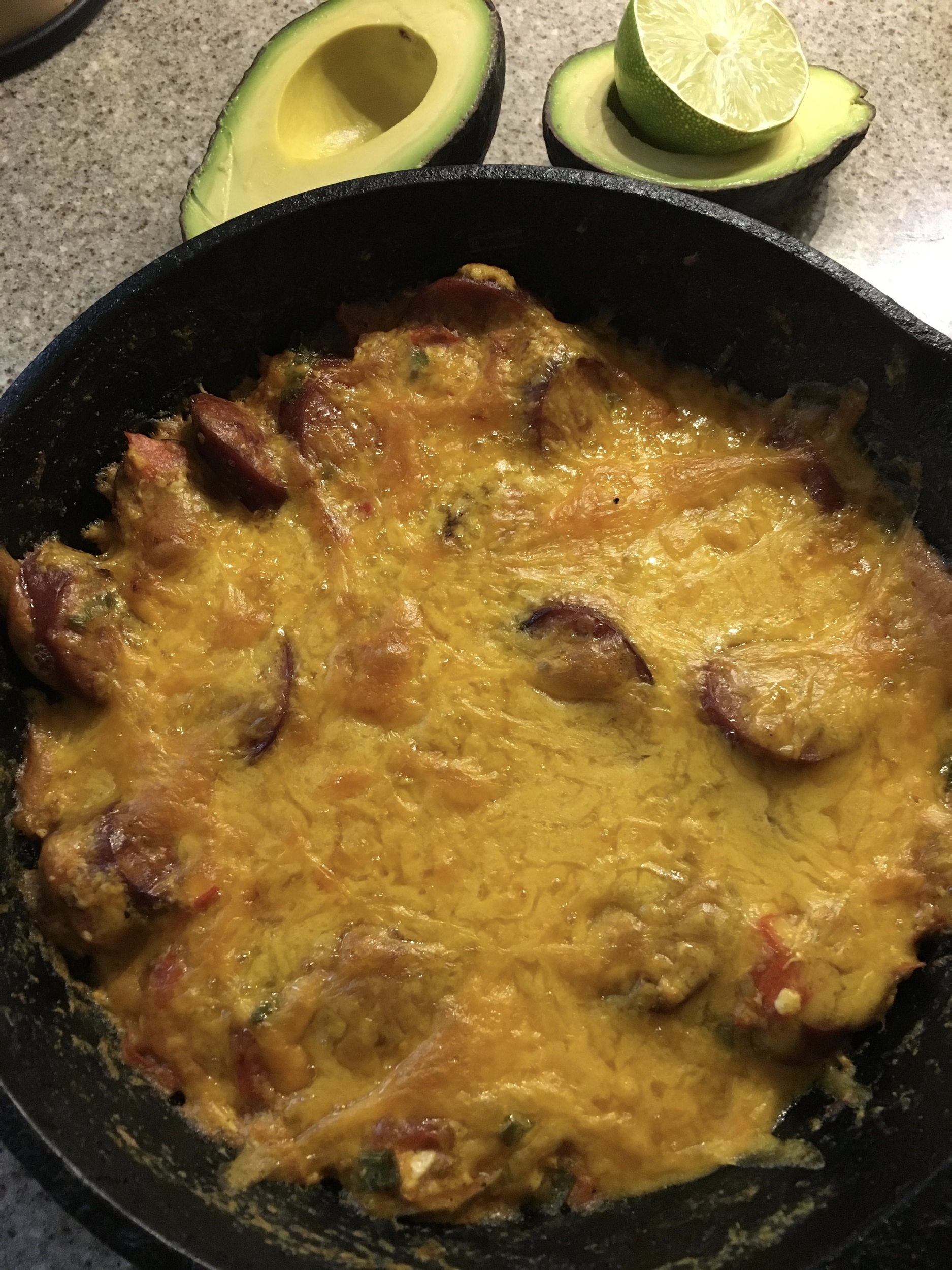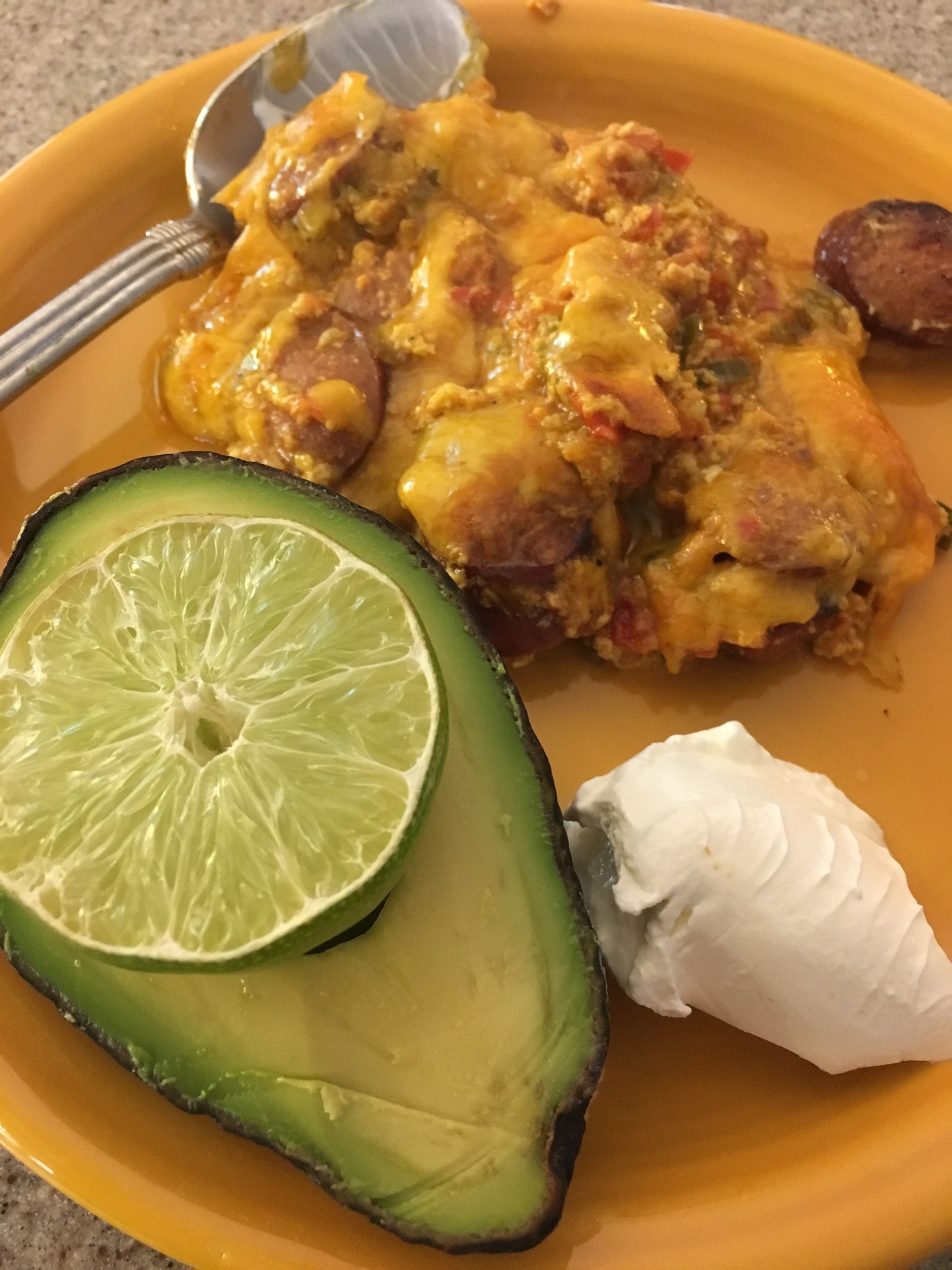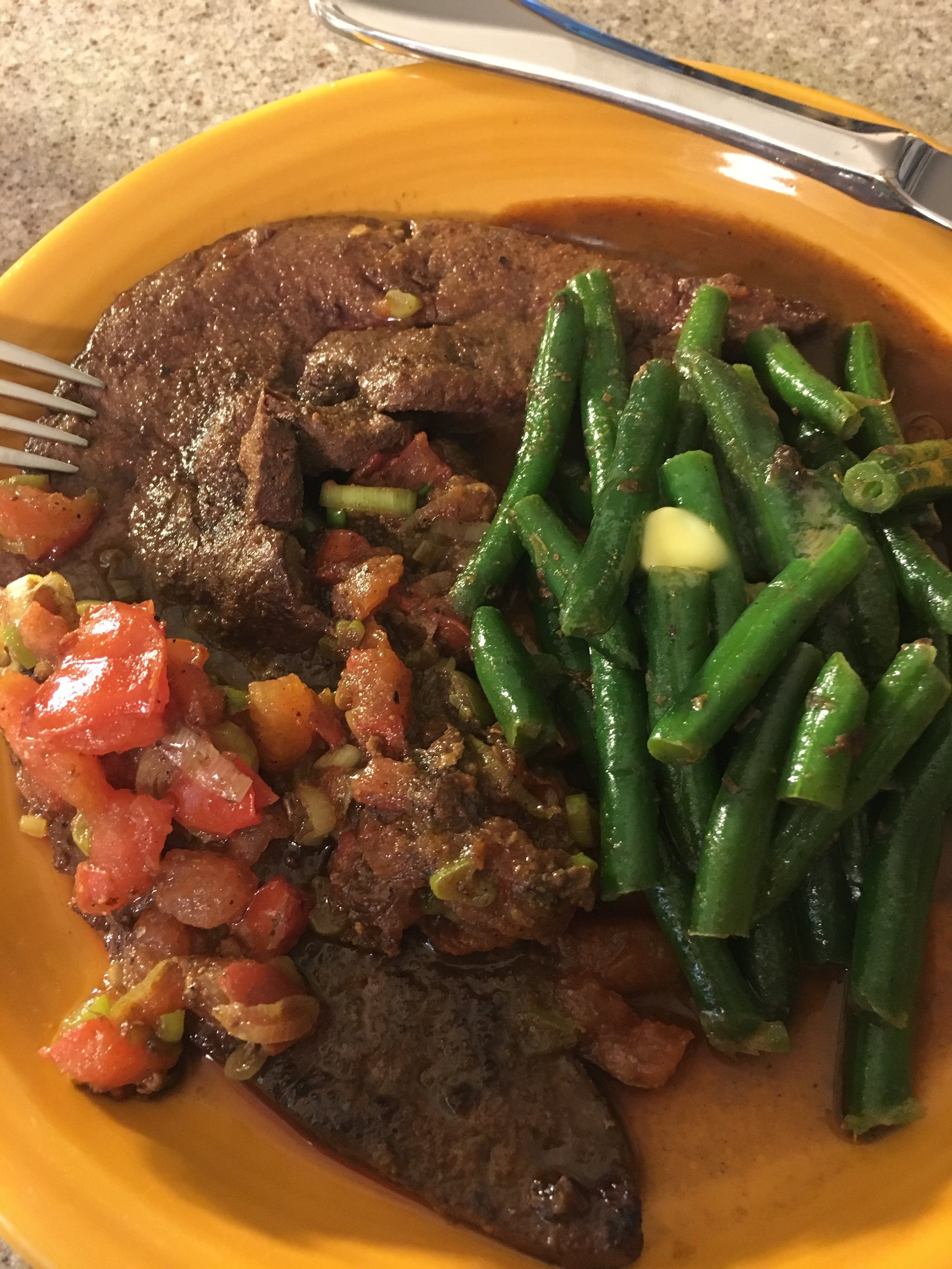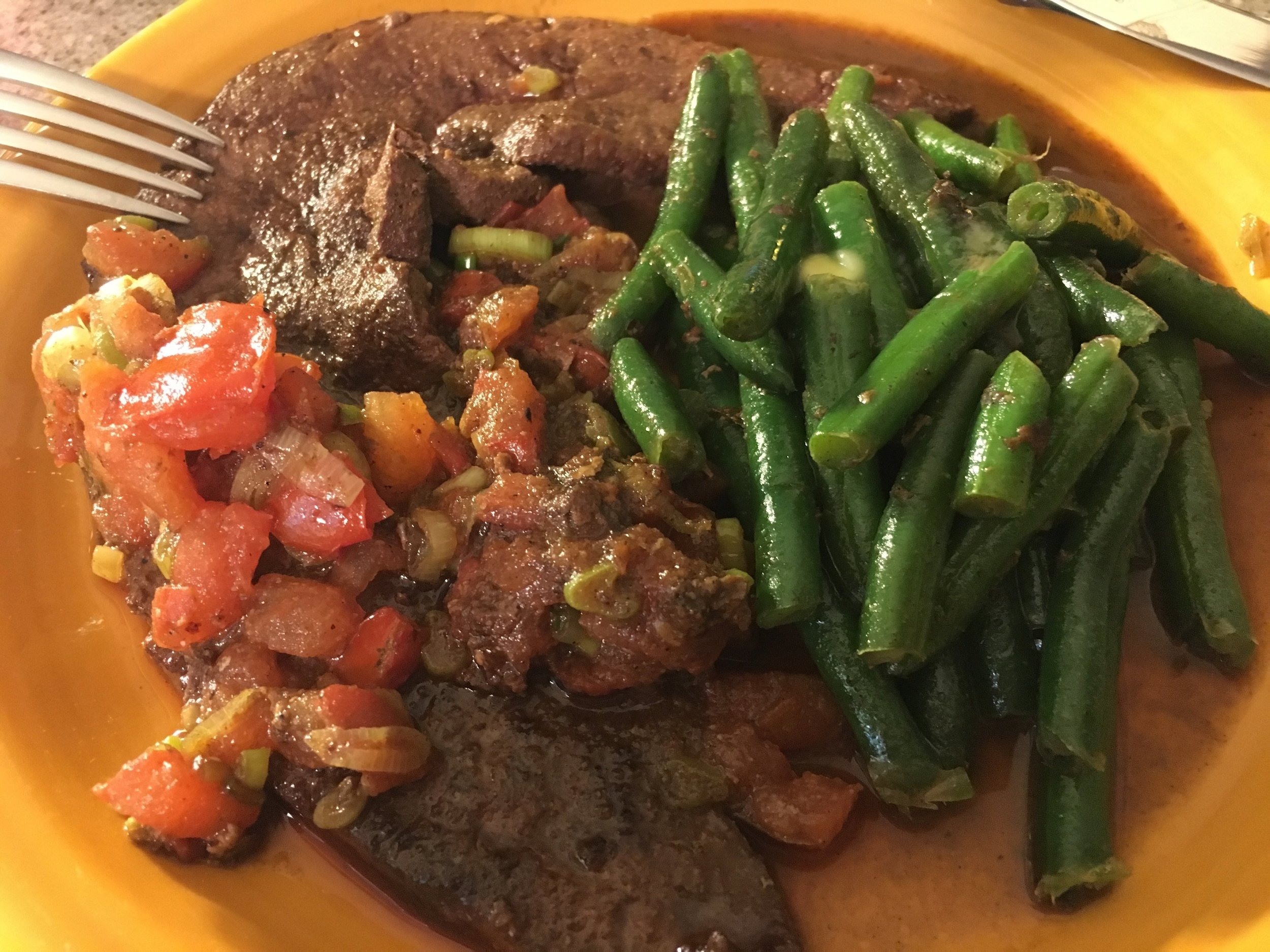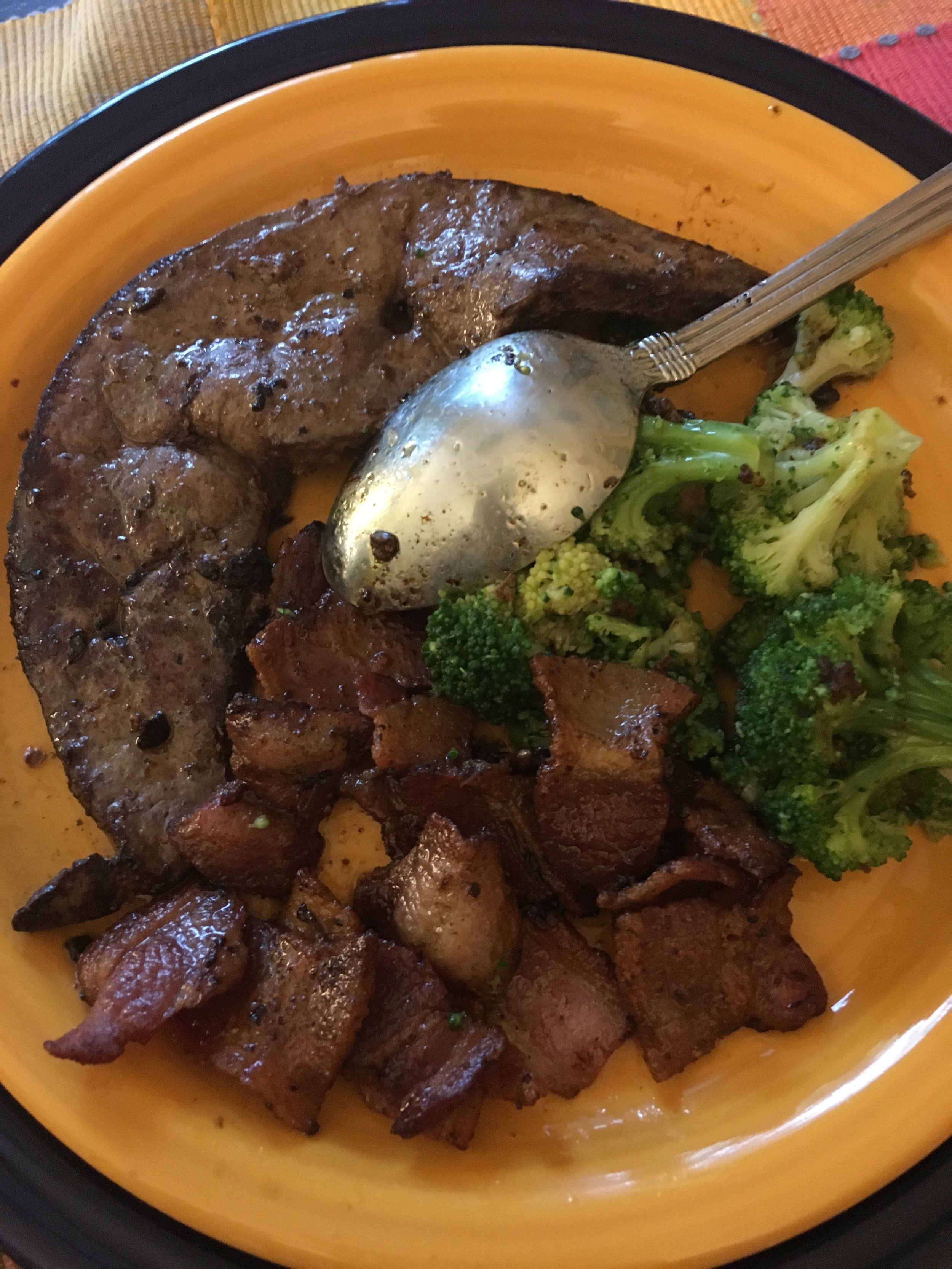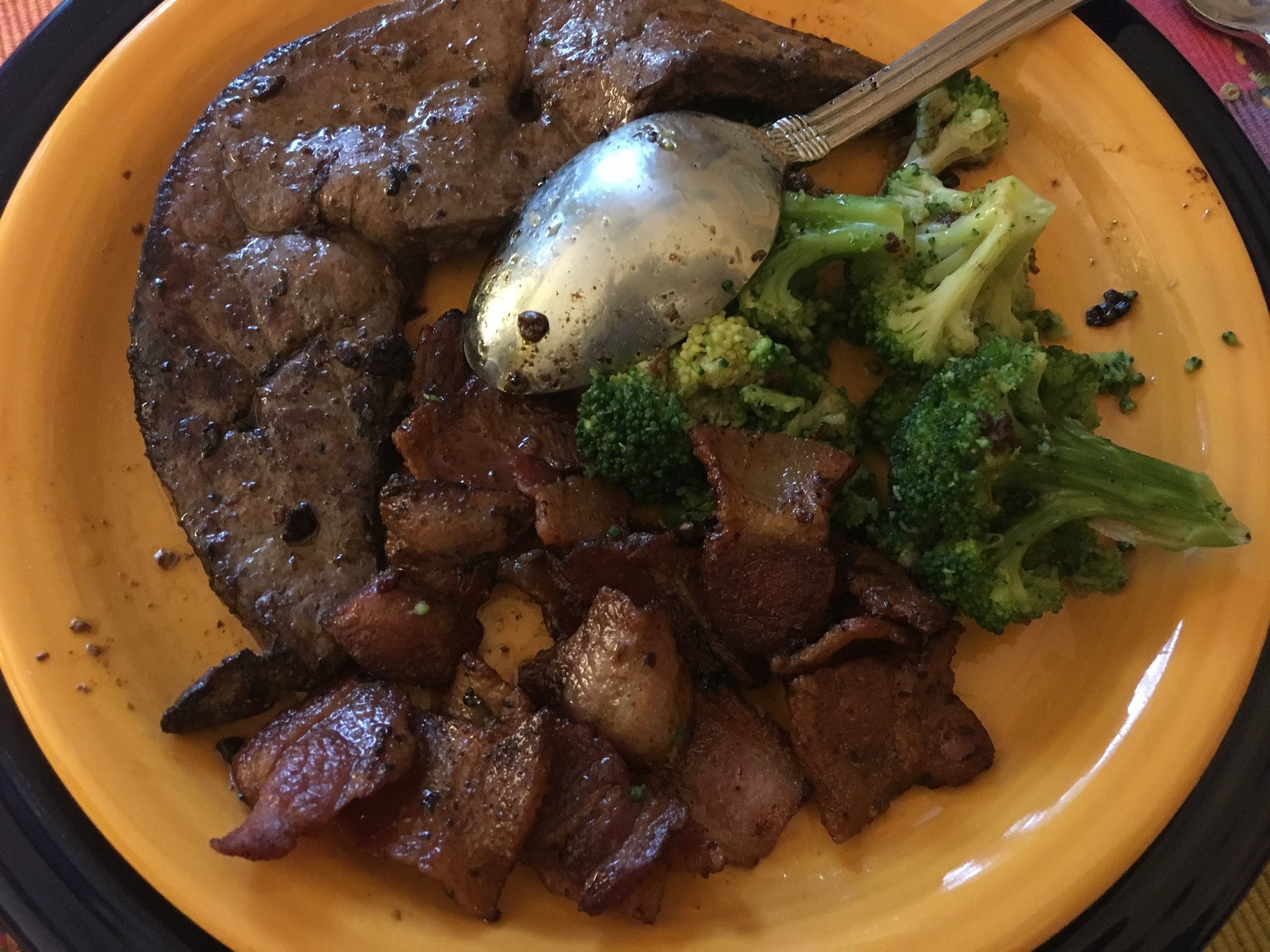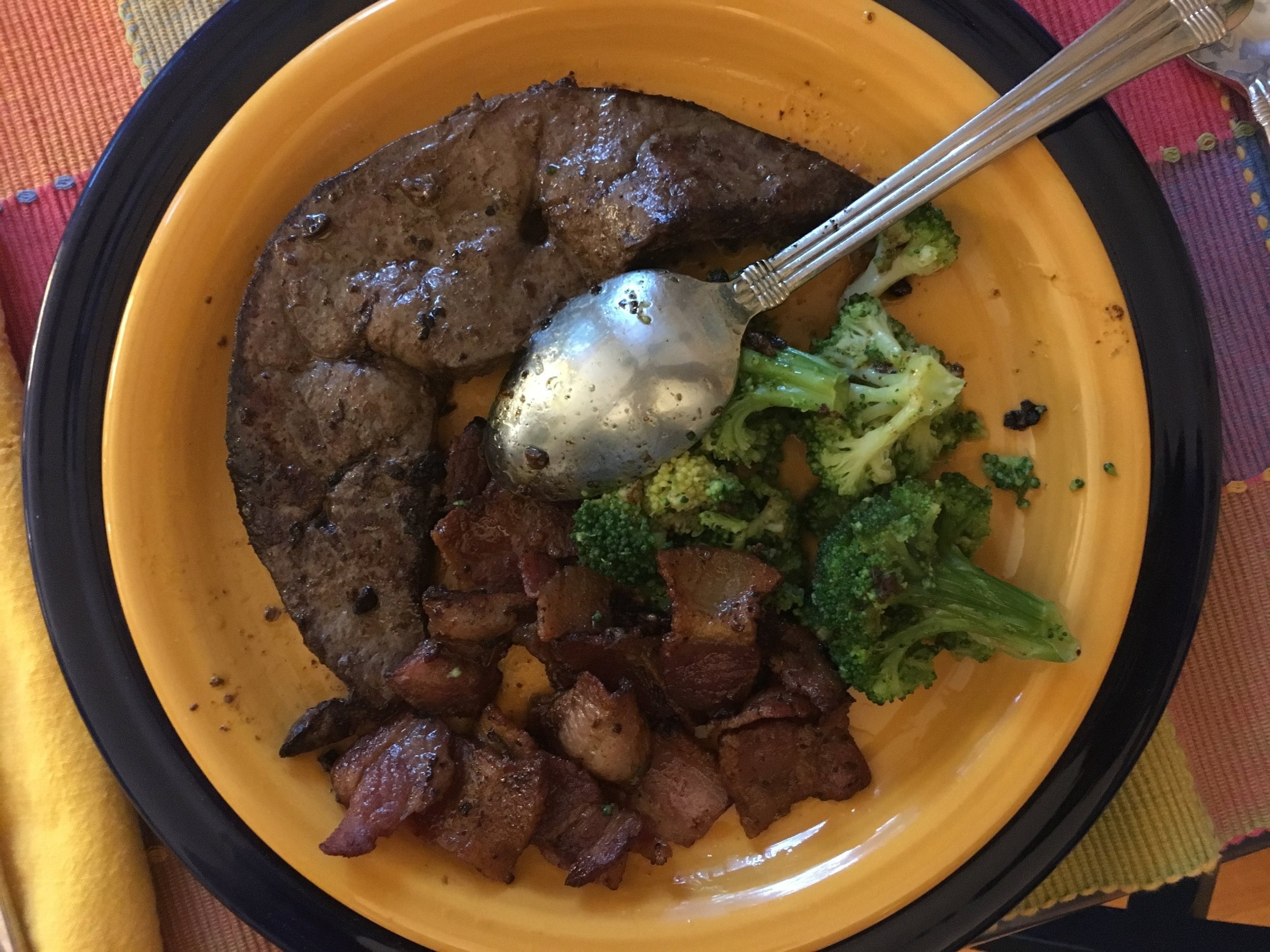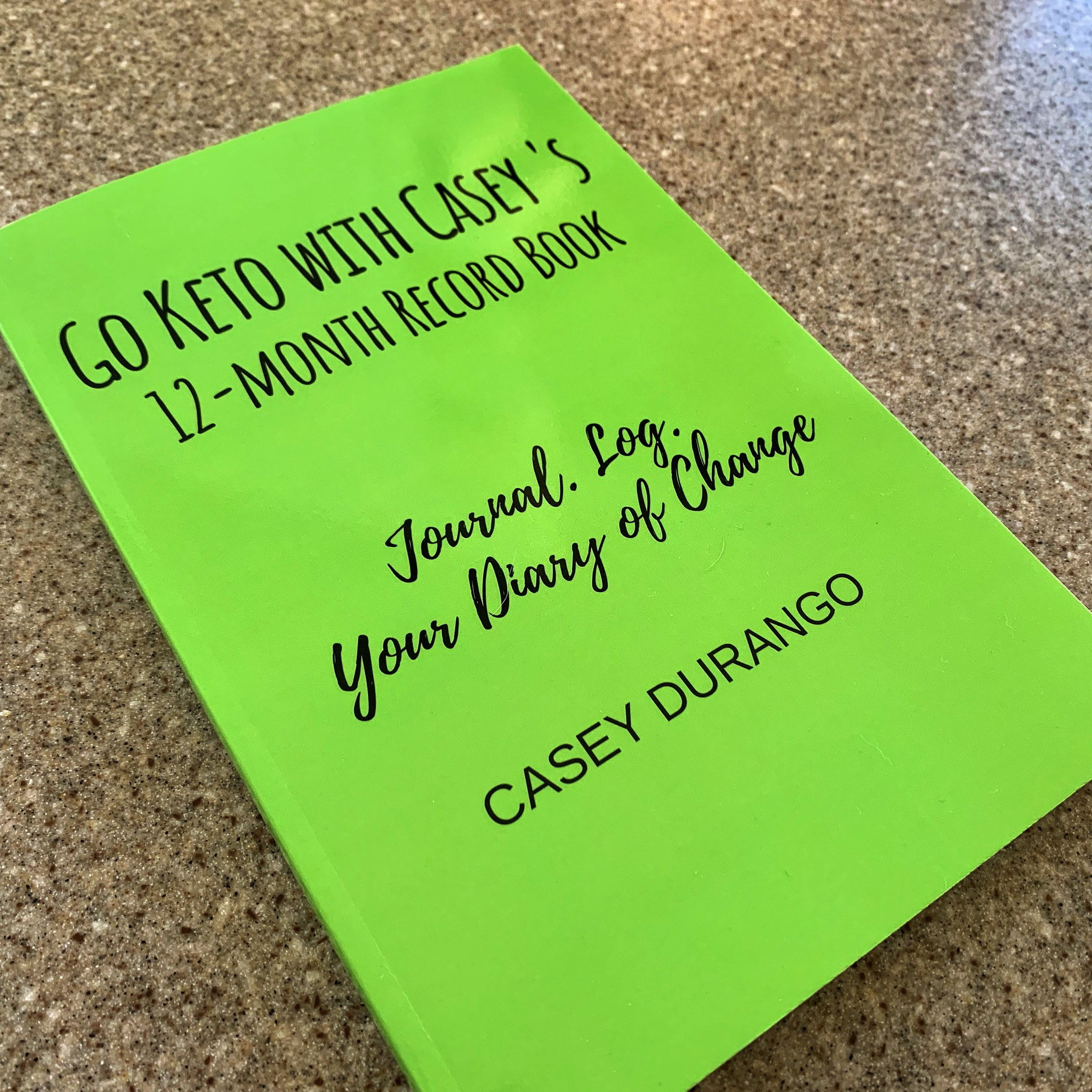As with nearly everything in life, the starting part can be the most intimidating. Filing your taxes, starting a retirement plan, having "the talk" with your adolescent children? All daunting to contemplate and easy to put off. And, by the way, that garage isn't going to clear itself out.
Fortunately, starting the ketogenic diet is much easier even though it may have a much greater impact on your life than just about anything else you've done.
So, how to start? Simple. The next time you eat something, leave off the carbs. That's it.
No special foods are required. No need to order supplements or tonics, pills, or potions. There aren't any shakes or oils or fancy devices that will help your body do what it was designed to do in the first place, namely, burn fat for fuel. (There are some tools that can help, but they aren't necessary for success)
You probably already have the food you should eat in your house. You also very probably have food you shouldn't eat there as well and ridding your pantry, cabinets, and fridge of those items may take some mental effort. But you can do it.
Look at this copyrighted Page 4 from Dr. Eric Westman. If it's not on that page, don't eat it. Period.
Again, starting is as straightforward as making sure your next meal or mouthful doesn't have carbs. Eat the hamburger, just don't eat the bun or fries. Enjoy your chuck roast but leave out the potatoes. Breakfast at your local diner? Sure! Eggs, sausage, bacon are all fine. Toast, biscuits, and hash browns aren't.
You needn't wait for next Monday to start, or next month. Tomorrow morning could find that you have already made the change if you just start with the next time you eat today. Right now. There's truly no reason to wait. And for some of us, no time to waste.
You want your carbohydrate intake to be 20g/day or fewer. And, following the food list noted above, that means that essentially all your carbs will come from vegetables, roughly 1 cup a day of non-starchy veggies, and about 2 cups a day of leafy greens. Those are maximum amounts. There are no minimum amount of veggies, which may come as a relief to some.
So there you are. How to start? By starting. It's what you don't do that's key here. Don't eat carbs. No bread, pasta, rice, potatoes, fruit. But you'll love the foods that are included. You may even find you feel like you're getting away with something, enjoying eating again after years of avoiding luscious meats, chicken with the skin, butter, sour cream, mayonnaise, cheese omelets and, my particular favorite, ribeye with a nice band of fat.
Go ahead. Don't wait. You've deprived yourself long enough.


